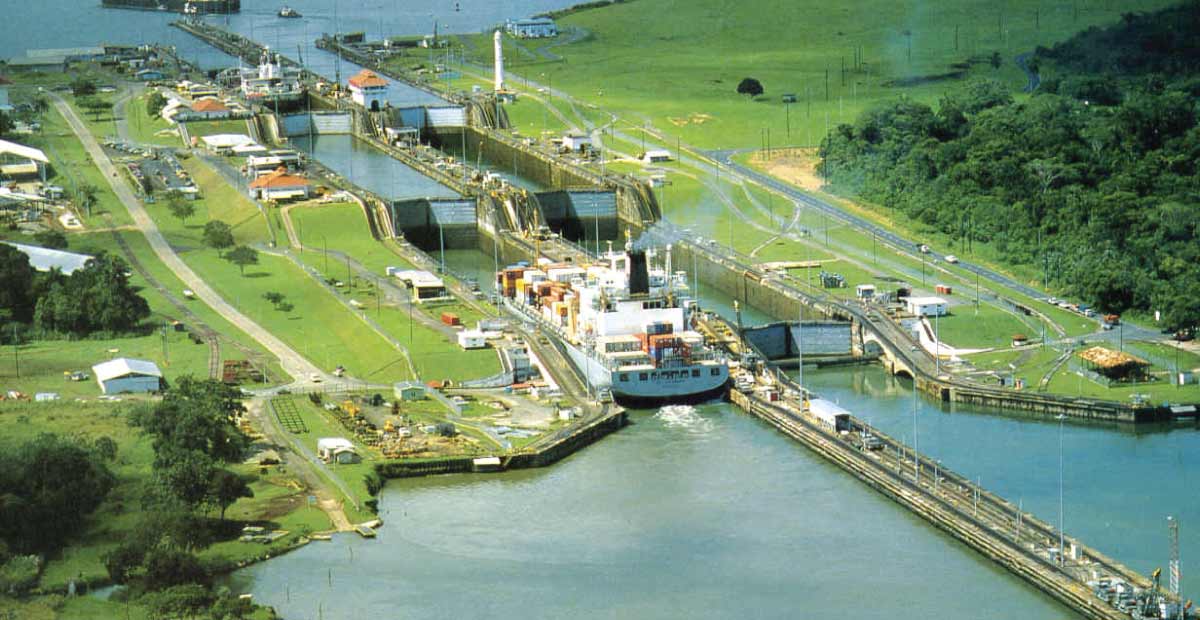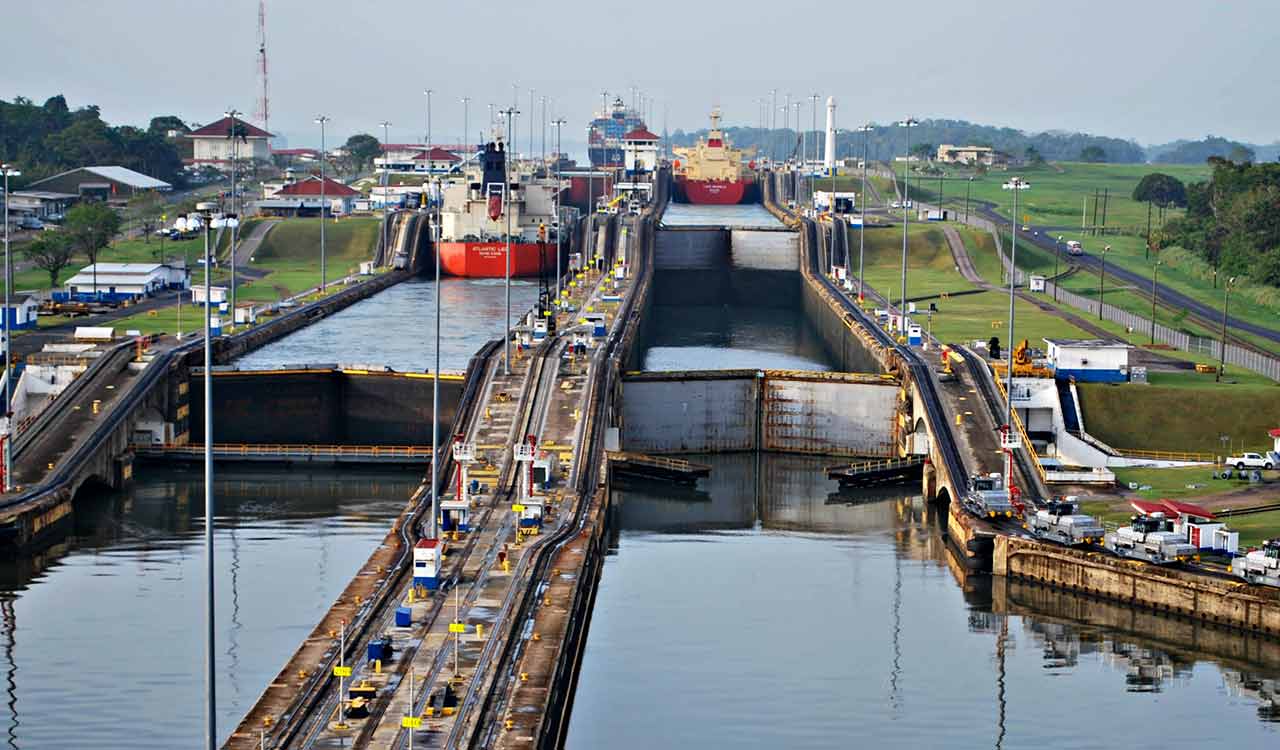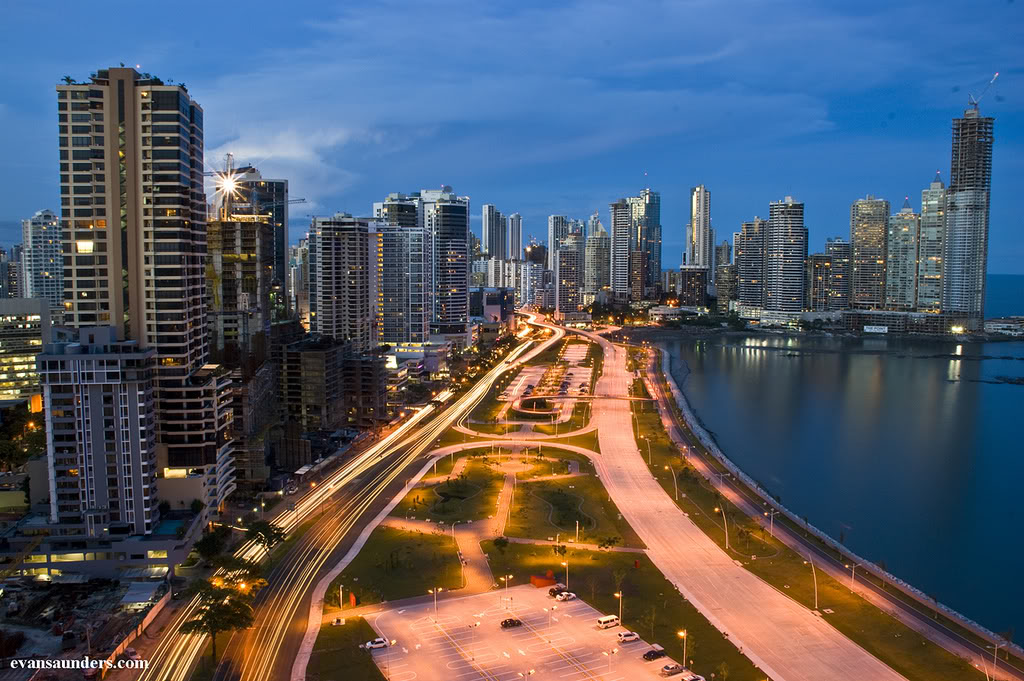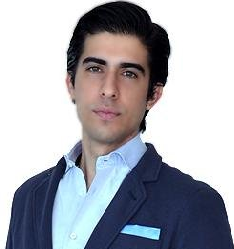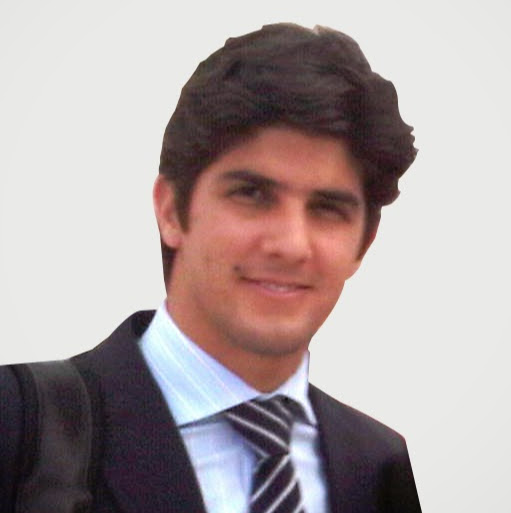If you’re one of the persons who wonders about how education in Panama works, this article is of your interest. There are many people (mostly foreign) who are wondering how the Panamanian school calendar works, for example, or what are the average rates for the various schools or colleges. In our article today, we will answer these and many other questions.
Education in Panama – Gogetit Highlights
*About a year ago, the school year begins on the third week of February and ends around the third week of December. The cycle is divided into three trimesters. At the end of the first and second, there is a cultural school break during which activities like academic, sports, among others are performed, to promote the development of the educational process.
* In Panama, there are two types of school calendars: The Panama calendar and International calendar. The schools with international calendar, start classes in September and end in July of the next year.
* There are public and private schoolsin Panama. The structure of the Panamanian educational system is divided into preschool early education (pre garden, garden), basic general education (primary and pre middle or high school) , secondary education (fourth, fifth and sixth year) and tertiary education (university level).
Education in Panama has always sought to ensure an inclusive and quality education. The Ministry of Education (MEDUCA) is the entity that governs all colleges and universities nationwide in Panama.
According to information published by the news portal El Venezolano all schools with Panamanian school calendar begin classes the third week of February and end the third week of December. However, although most schools are governed by this class period, there are other institutions that have an “international”calendar begin school year in September and ends in July of the following year.
During the last week of each trimester, the system carry on trimester tests that can either be written or oral, depending on the content of each subject . They may also be replaced by practical work or projects with prior approval of the coordinator of the subject.
Concerning the variety of schools, there are private and public schools, including non-Catholic institutions like Albert Einstein (Hebrew), the Institute Yat Stun Seth (Chinese-Panamanian) or the Pan American Institute (Methodist Evangelical Church ), as well as the Italian Enrico Fermi school, the Javier school (Jesuit) and the International School of Panama in Panama.
Similarly, several schools with bilingual options are available, which dictate subjects such as Spanish and English and prepare students to study abroad.
The structure of the Panamanian educational system is divided into: preschool early education (pre garden, garden), basic general education (primary and pre middle or high school) , secondary education (fourth, fifth and sixth year) and tertiary education (university level). Upon completion graduates receive a bachelor’s degree in the categories: science, arts, commerce, among others.
Fees can vary according to the degree you will be studying. Usually after an school enrollment fee (or registration) is canceled then the representative decides whether to pay the full amount of the annuity or just pay it off through accorded fees or monthly payments.
Some of the requirements that apply to foreign students who are seeking admission are: copy of the birth certificate or copy of passport, copy of the migration registration, transcript and certified by the Ministry of Education in recognition of school credits (these documents must be certified by the Ministry of Foreign Affairs), criminal history (for aspiring secondary), reports of health certificates, and a letter of good conduct or recomendation from the original school the student came from.
The cost also depends on the school the student wants to be enrolled. Authority for Consumer Protection and Competition Defense (ACODECO) published on its website the results of monitoring of the tuition costs and annuity of 43 private schools for the school year of 2014.
Some estimated ranges are:
• $ 520 – $ 5.000 Pre Kindergarten and Kindergarten
• $ 570 – $ 5.500 Primary (varies by grade)
• $ 700 – $ 6.300 Pre middle or high school (varies by grade).
If the student will be registered for the first time in public or private school, is recommended to do it in advance, some schools waiting lists are very long and usually there are almost fully booked.
Read more information here (article in Spanish).
Gogetit Content Manager. Author of important reviews for Gogetit News, “The #1 Source for real estate news in Panama.”
Specialized in the search and analysis of the most important news about real estate in Panama.



